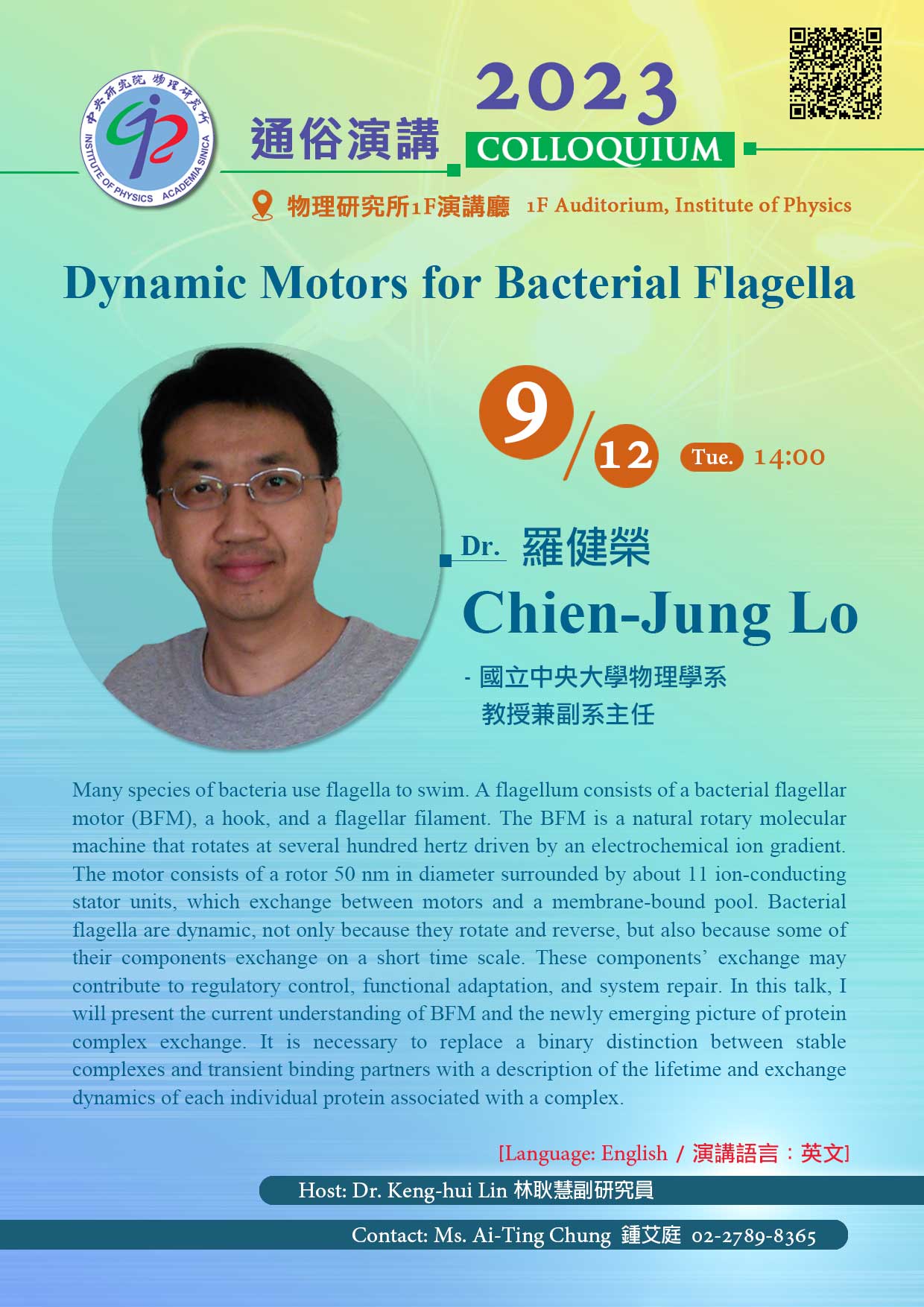- 演講或講座
- 物理研究所
- 地點
物理所1樓演講廳
- 演講人姓名
羅健榮教授 (國立中央大學物理學系)
- 活動狀態
確定
- 活動網址
【摘要】
Many species of bacteria use flagella to swim. A flagellum consists of a bacterial flagellar motor (BFM), a hook, and a flagellar filament. The BFM is a natural rotary molecular machine that rotates at several hundred hertz driven by an electrochemical ion gradient. The motor consists of a rotor 50 nm in diameter surrounded by about 11 ion-conducting stator units, which exchange between motors and a membrane-bound pool. Bacterial flagella are dynamic, not only because they rotate and reverse, but also because some of their components exchange on a short time scale. These components’ exchange may contribute to regulatory control, functional adaptation, and system repair. In this talk, I will present the current understanding of BFM and the newly emerging picture of protein complex exchange. It is necessary to replace a binary distinction between stable complexes and transient binding partners with a description of the lifetime and exchange dynamics of each individual protein associated with a complex.

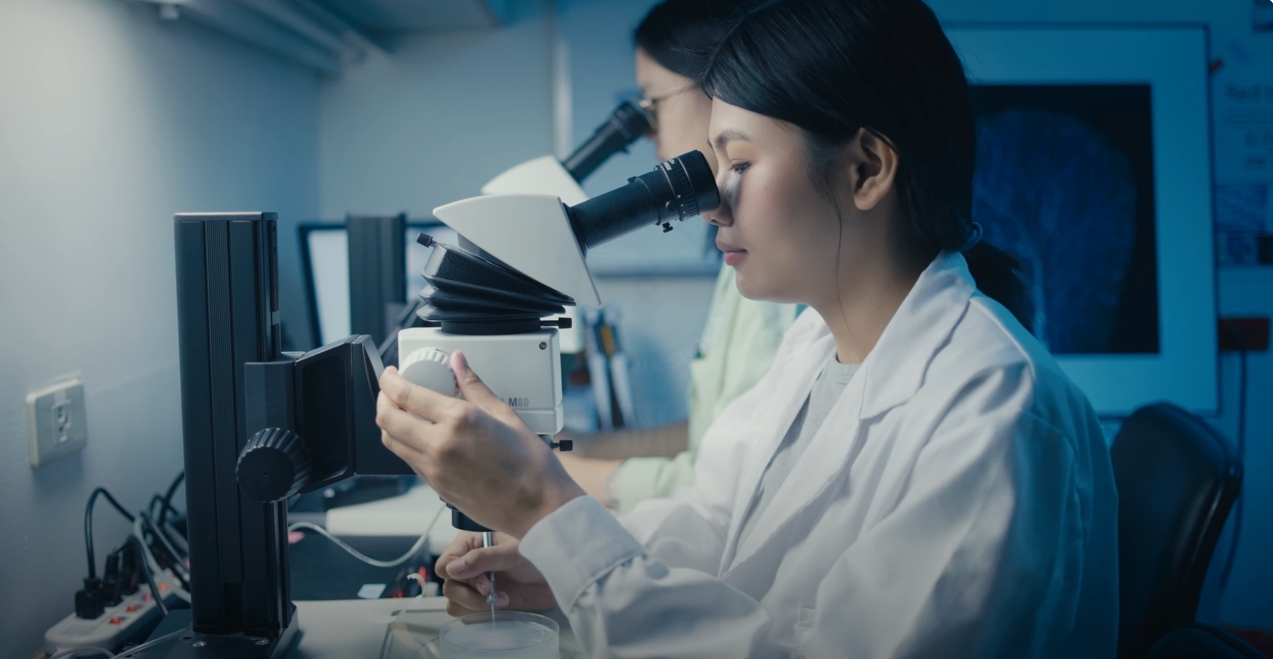
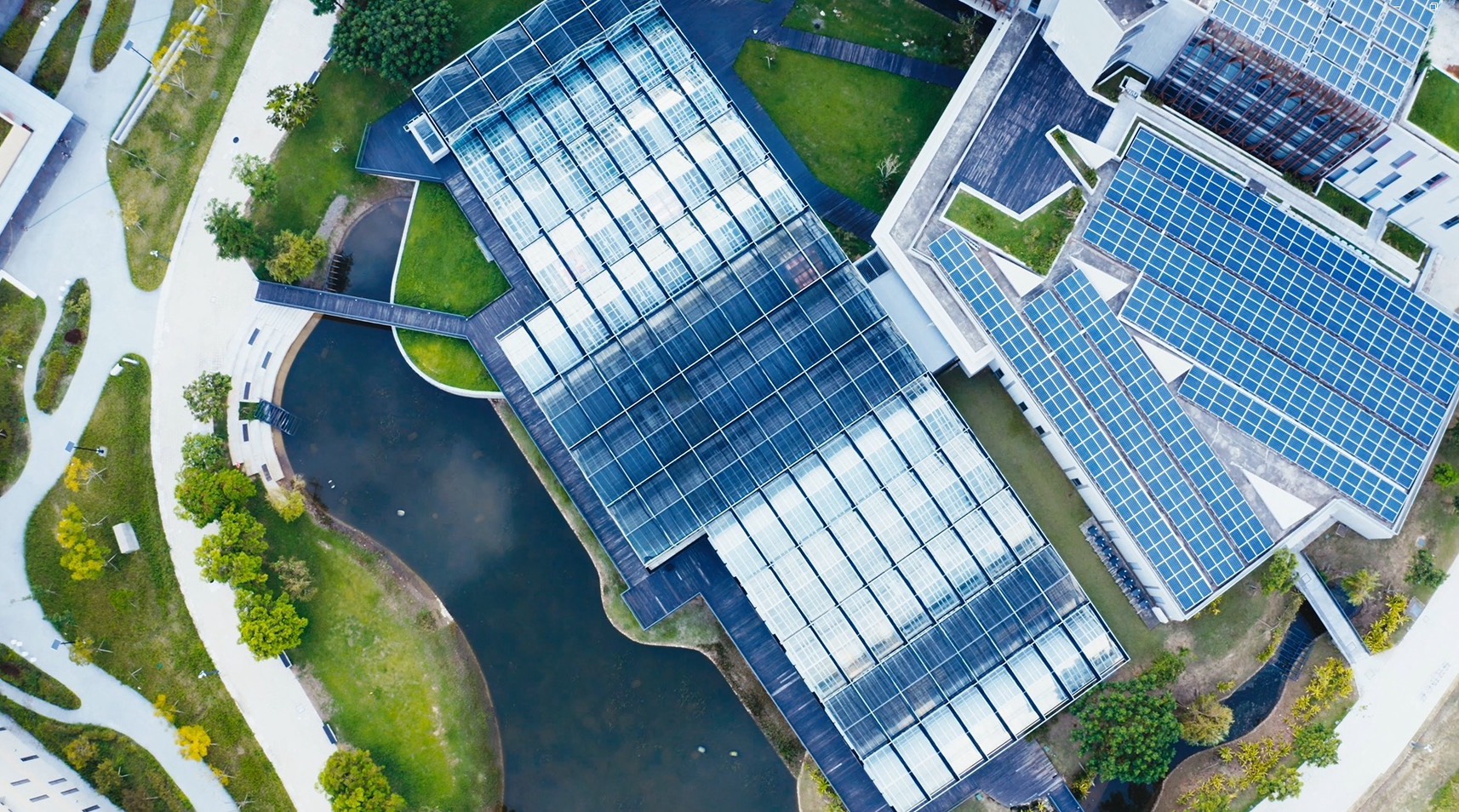
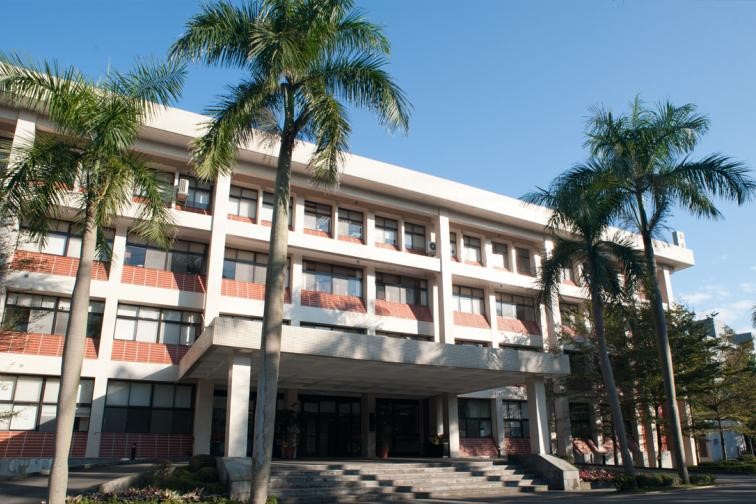
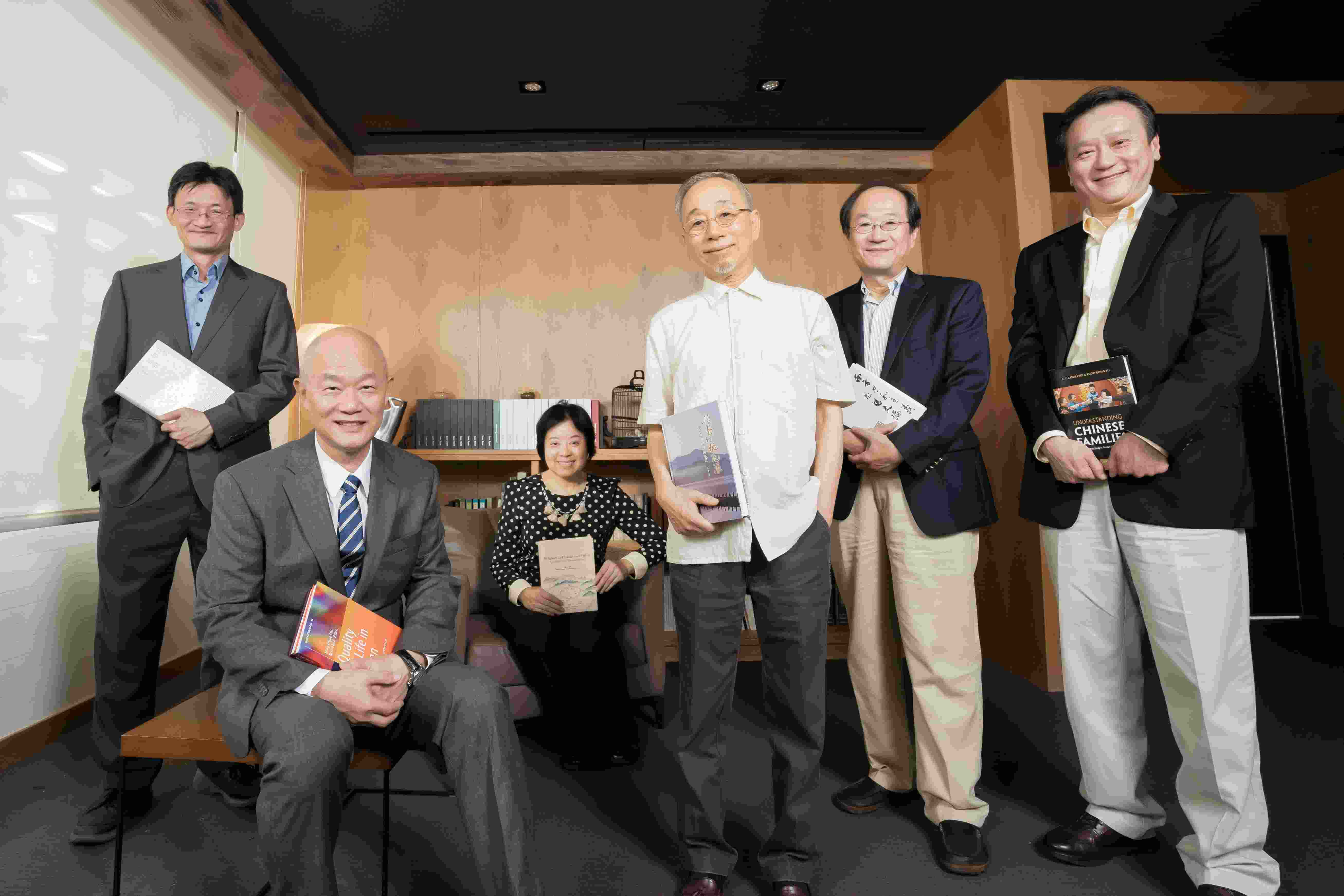


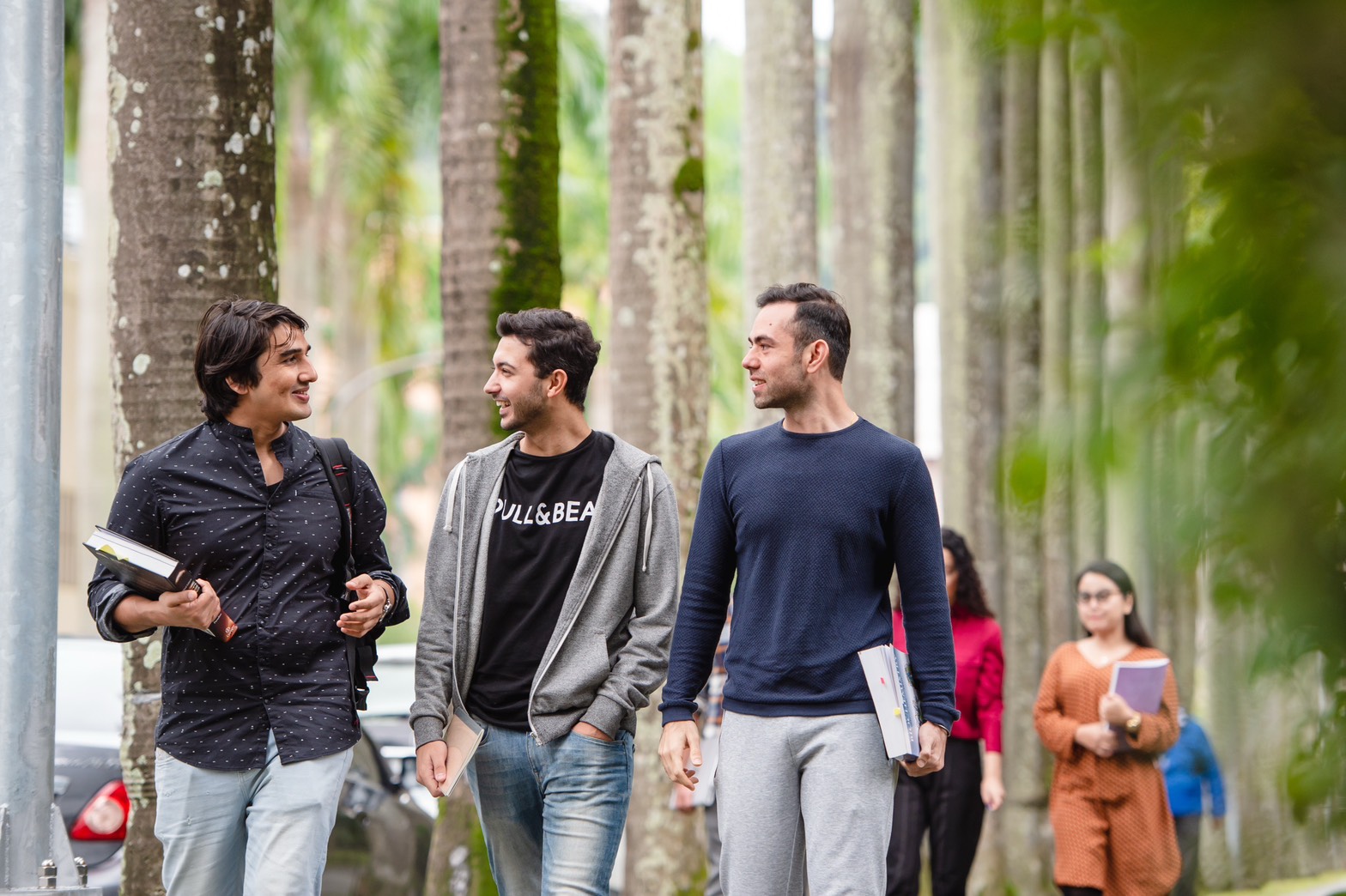

 首頁
首頁